On the conrad-johnson Premier 17 Preamp (replacing a Cardas Clear Reflection)
The combination of the Isis with the CJ Premier 12 amps was so good that it seemed better to leave that pair on the amps and request an additional Isis for trial on front end equipment.
The bass was solid– definitely an improvement over the Cardas. Imaging was very three dimensional with good edge definition, and the top end was very natural. Initially, I would have said that it was a touch soft, except that it does not seem to be missing any detail. Midrange and upper bass were fully fleshed out, but the Cardas was clearly warmer and fuller, perhaps too much so. There did seem to be some real synergy achieved by using the Isis on the preamp and amps. There was nice air around the cymbals and voices were very believable. In comparison, the Cardas was equally good at creating a three-dimensional soundstage, and it was a bit warmer. The two cords handle clicks and pops differently with the Isis making them somewhat easier on theear.
The detail around the voice is superb. She is never shrill, although she sings loudly at moments of emotional involvement, and you can hear the emotion clearly, almost a slight strain (though no edge). The orchestra is all there in a supportive way and fully present when she is quiet, thus allowing the instruments to carry the message. The instruments are slightly behind her in placement, superbly handled by the EMI engineers. In many places, the accompaniment relies on almost chamber-like textures. In these moments the instrumental detail is thrilling…one of those small yet deeply significant thrills of listening to a remarkable recording, providing a hint of the reality of what happened in a studio in another land nearly sixty years ago. While I’ve had moments of wishing for just a bit more warmth (a purely personal preference), those moments went out the window with this recording. The totality of the music making was fully conveyed. Perhaps it could have been done a bit better with an investment of significant additional money, but right now, I just don’t care.
I have heard these tunes many times on CD and have mentioned them before in at least one other review; then, I found this music on vinyl. The sound is more burnished, with less of an edge. Sylvian, who handles the production himself, has done terrific work with the sound, so it is really no surprise that both formats are satisfying. This evening the LP is the focus. With the Isis, the speakers seem to have disappeared. This was never the case with the Isoclean.
This is one of the most remarkable early Columbia recordings I have heard. For one thing, it is totally quiet. The sound is also remarkable, except in the very loudest passages, where the top end can become somewhat edgy. Given how lovely the rest of it sounds, I don’t understand that, but it is not uncommon with some early recordings as many of us are well aware. At the same time, presumably because relatively few microphones were used (and good ones at that), the imaging and depth are remarkable. Again,the speakers disappeared. The tonal balance is generally excellent (and I believe accurate to the recording). If it is not entirely accurate, I will nevertheless happily take whatever the system is smoking.
The strings and brass are where we get a modest amount of excessive edge when they are pressed, which is not that often. With the Isis power cord, this effect is not at the forefront. The reasonably full bass and midrange seem to offset it. I have so often really liked the Audio Note tonal balance in the past and Audio Note has clearly gotten it right in this instance as well. To have chemistry that handles a tough recording in such a manner that the roughness can easily be overlooked is quite a wonderful thing. There is so much excellent detail to be heard.
On the Einstein Phono Stage(replacing a Cardas Clear Reflection)
Note that the third Isis mains cable was moved from the preamp to the Einstein and a Cardas was substituted on the preamp, so that the preamp was back to the Cardas for this portion of the review.
This is a German pressing of Daphnis and Chloe. As presented by the Audio Note Isis cable, the sound is spectacular with an unusual amount of air at the top but without any brightness, big bass (when it is there), and sparkling detail and separation of the instruments, including the massed strings. You are quite aware of the depth and width of the soundstage, which I would normally not associate with mid 70s Columbias, at least not to the degree present here.
The same record played using the Cardas Clear Reflection power cord might sound just a bit on the “sweeter” side (recognizing that sweetness is a vague term). Here read it as slightly more relaxed in the top end, with a bit more focus on the midrange. These are issues of taste as I hear them here, not accuracy.
I hear slightly more treble with the Isis than the Cardas, particularly audible in Gary Burton’s vibraphone and the female voice on the last cut. This changes the balance slightly from what I heard with the Cardas, which gave somewhat greater emphasis to the midrange and the bass. In terms of hearing what is to offer on the record, both give excellent clarity, draw the ear in, and are very musical.
I was curious to hear this record with the Isis on the phono stage. This Japanese pressing was made from the original mono masters (or dubs). The brass section can be overly bright and overtake the advantage of hearing Miles on the flugelhorn. On the mono mix, Miles is very much front and center – which is noticeable even though this is a mono recording — and he sounds great. The remainder of the ensemble is very well mixed. You could even be fooled into thinking that it was stereo if you were sitting off axis. On the top end, the Isis brings out the instrumental detail superbly, such that you have no difficulty in picking out each instrument. The brass section can be edgy, but about what one would expect of a number of trumpets playing high together in the late 50s. They do not at all overwhelm Miles.
Heard against the original 6-eye, this Japanese issue is not as warm but the detail seems superior, suggestive of some instrument spread between the speakers— as if the recording was some kind of limited early stereo – just as some of the best early mono records can do. Compared to the Cardas, I hear what I have described earlier and will not belabor the point. Both are very musical. Indeed, given that the system employed a combination of the two brands of cable at the time of listening, I would say that they blend quite well (just as a reminder, the system is still using the Isis power cords on the amps, Cardas on the preamp, and Isis on the phono).
Out of curiosity, I substituted a length of Kimber PK14 Ascent on the phono stage for comparison as it is closer in price to the Isis with the Cardas being approximately three times the price of the Isis. It was not a completely fair comparison as break-in was limited, but I know it from use in other contexts. The Kimber seemed a bit less open in the far top end. Imaging was less precise, and resolution suffered somewhat. If I were trying to describe the differences in one or two words, I would say that the Kimber was less “nuanced” than either the Cardas or the Audio Note.
Final Thoughts
Both the Cardas Clear Reflection and the Audio Note Isis are excellent power cords and a dramatic improvement over what is provided by most original equipment manufacturers. Each has a characteristic sound, the Cardas a bit on the warmer side of neutral and the Isis somewhat leaner, closer to dead neutral, and with a somewhat more extended top end. Both are highly resolving but musically natural. Both create very dimensional soundstages, but the Isis is a bit better in this regard. Given that the Isis is about one-third the price of the Cardas Clear Reflection, I view the Isis as a top recommendation.
At the same time, I was impressed with the combination of the Cardas Clear Reflection and the Isis. Indeed, my listener friend (and the system owner) decided after much listening to proceed in that direction, finding that the combination provided a good synergy with the Avalon Eidolon’s ceramic drivers.
Copy editor: Dan Rubin
- ← Previous page
- (Page 2 of 2)

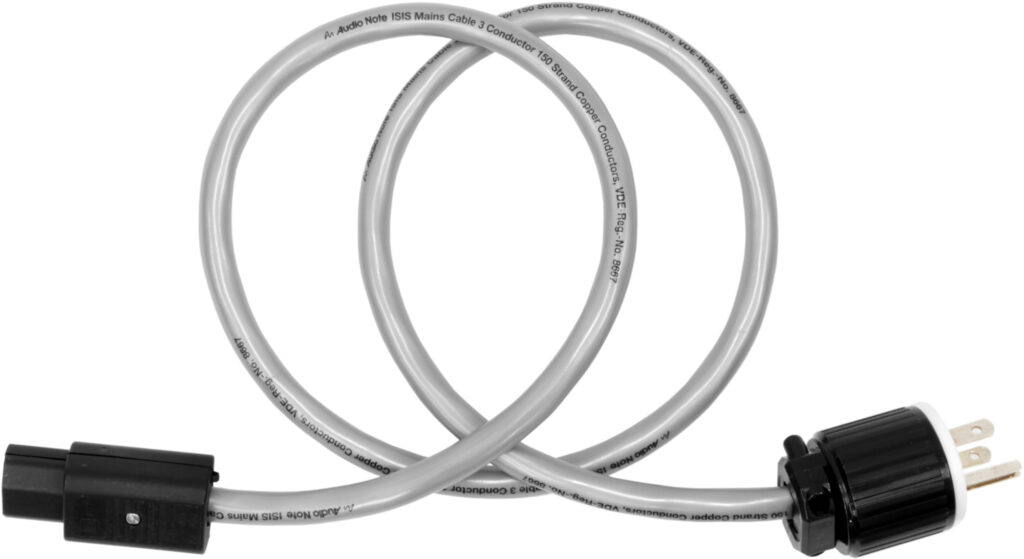
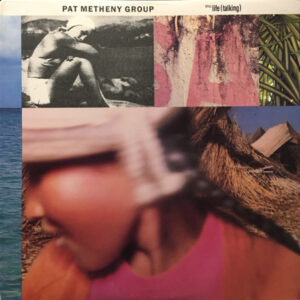
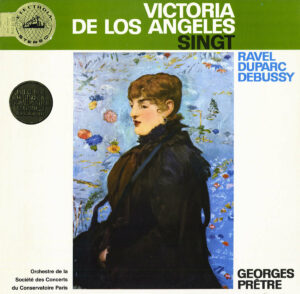
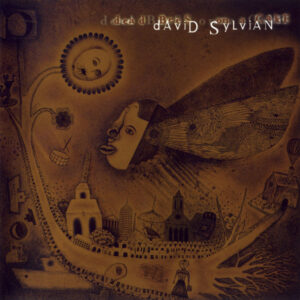
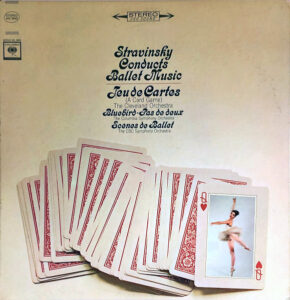
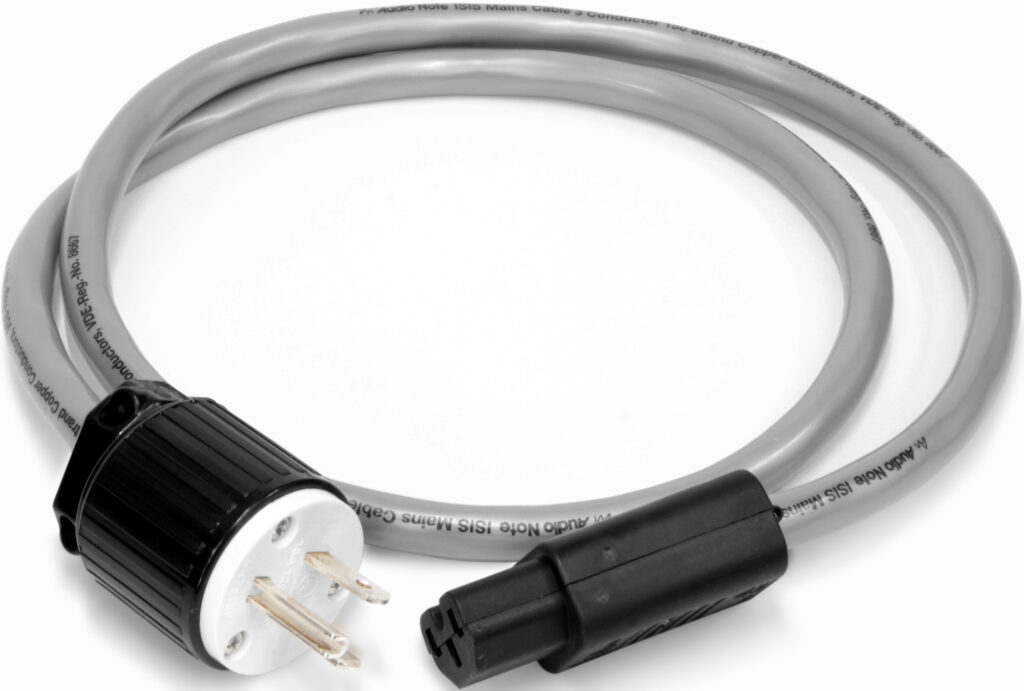
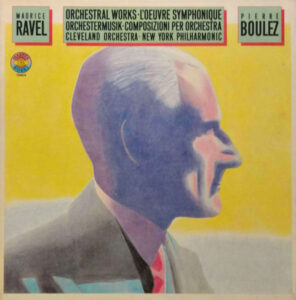
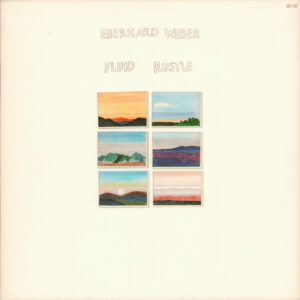
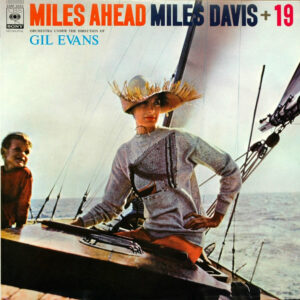
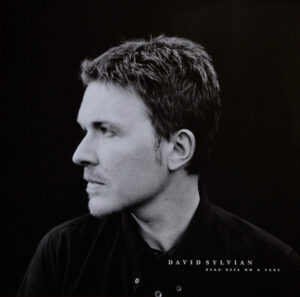
Where can someone in the US get these?
Also, what type of connectors were on the Isis?
Thanks.
Dear Dave,
Thank you for your readership and comment.
See if this page helps: https://www.audionote.co.uk/north-america
-Constantine
The cords are available from any Audio Note dealer. The cords which I reviewed were kindly provided by Neli at Audio Federation. They keep them in stock. Normally they are provided with plugs standard to the country sold but can be provided with other plugs on request.